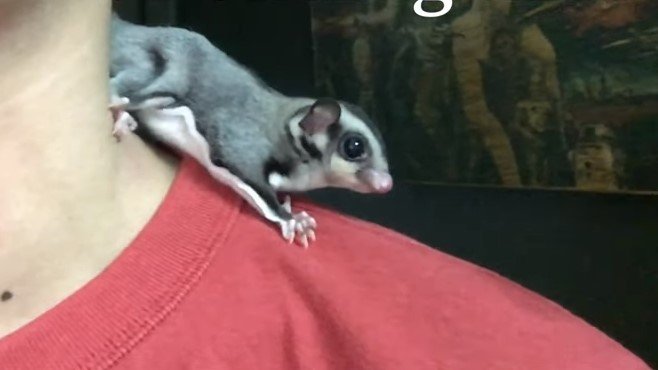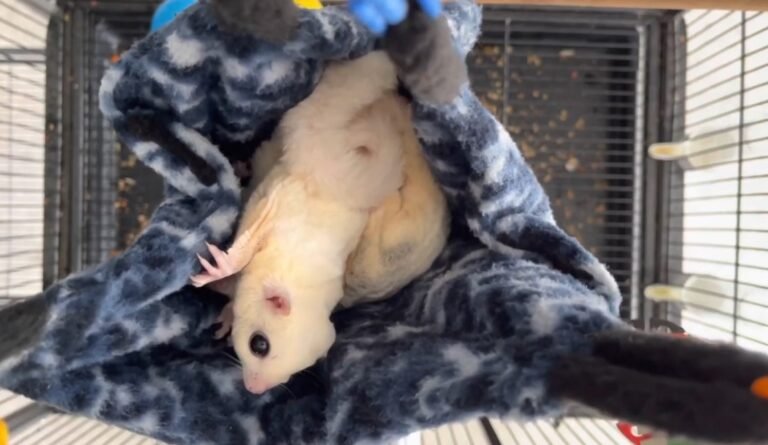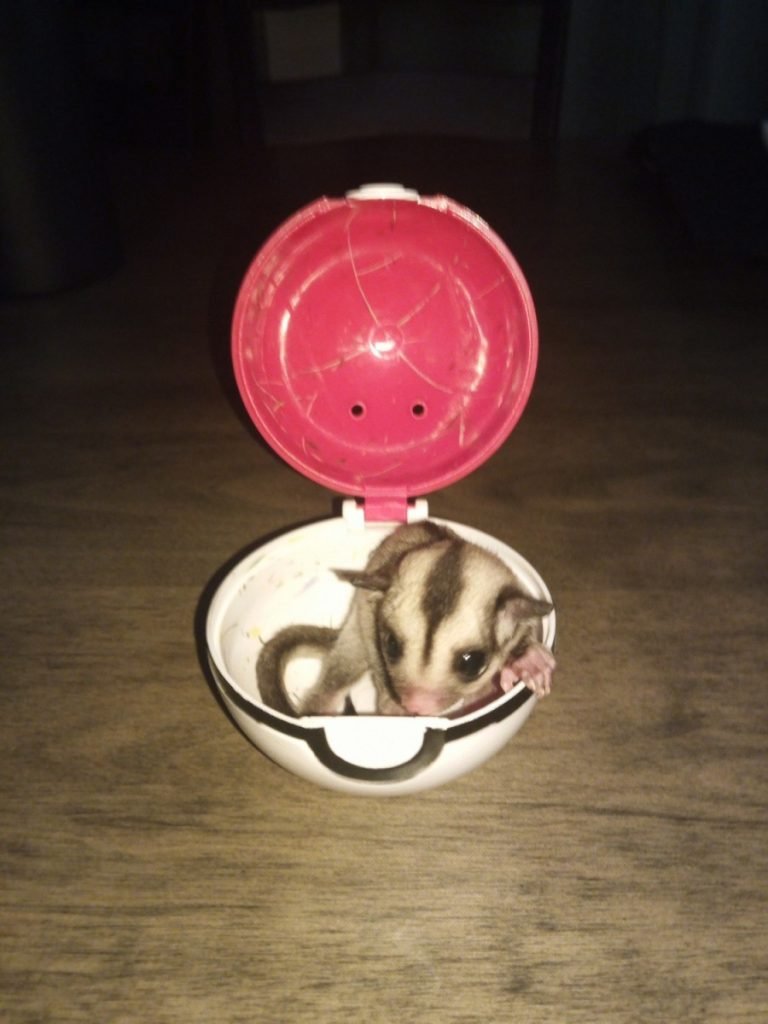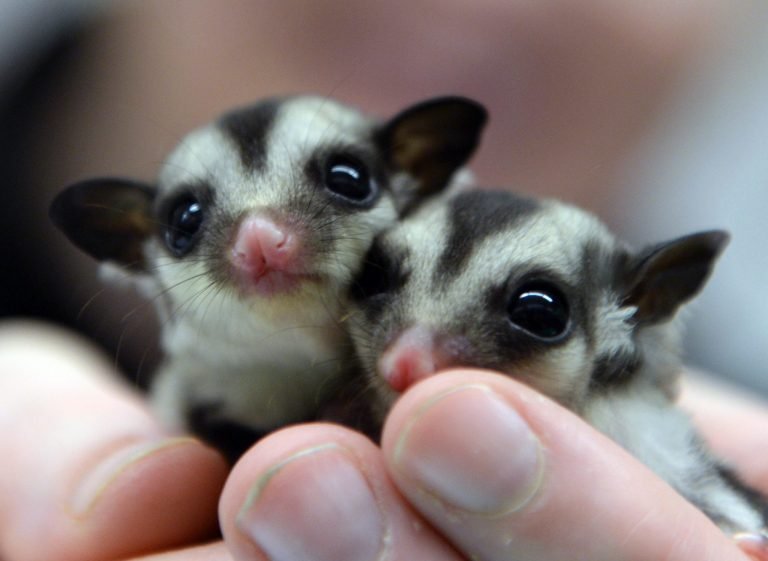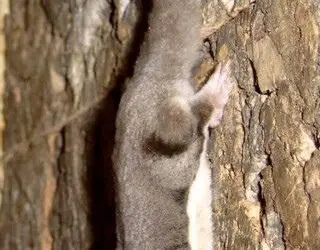How To Own A Sugar Glider
Owning a sugar glider can be an incredibly rewarding experience. These small, adorable creatures make great pets and can bring endless joy to your life. However, before taking the plunge and bringing a sugar glider into your home, it’s important to understand the responsibilities that come with their care. In this article, we will discuss everything you need to know about owning a sugar glider, from their habitat requirements to their dietary needs and socialization. So, whether you’re a first-time owner or considering adding another sugar glider to your family, read on to learn how to own a sugar glider best possible care for these delightful little animals.
Creating the Perfect Habitat for Your Sugar Glider
Habitat Size and Setup
One of the most important aspects of owning a sugar glider is providing them with an appropriate habitat. Sugar gliders need a cage that is large enough for them to climb, glide, and play. A good rule of thumb is to provide at least 2 feet by 2 feet by 3 feet of space per sugar glider. The cage should have multiple levels, with plenty of branches, perches, and toys for them to explore.
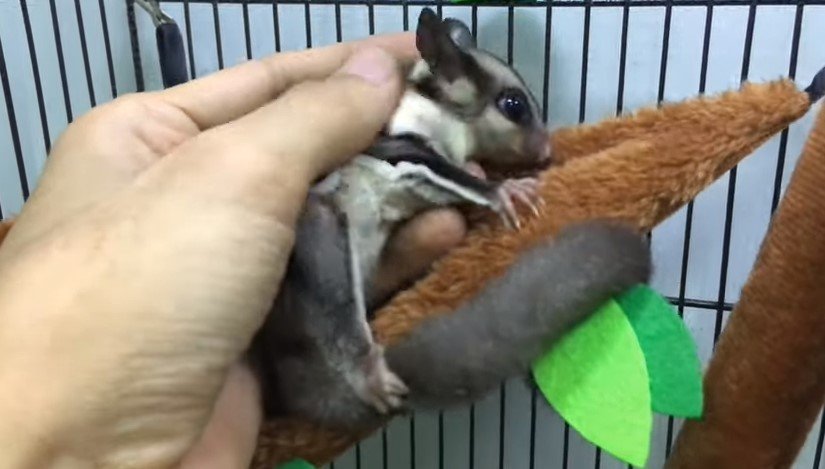
Temperature and Lighting
Sugar gliders are native to warm climates, so it’s important to keep their habitat at a consistent temperature of around 75 to 80 degrees Fahrenheit. Additionally, they require exposure to natural light or a full-spectrum UVB light for a few hours each day. This helps to replicate their natural environment and promote their overall health and well-being.
Nesting and Bedding
Providing a cozy and comfortable nesting area is essential for your sugar glider’s happiness. They enjoy sleeping in enclosed spaces, so place a small sleeping pouch or nesting box inside their cage. Fill it with soft bedding material such as shredded newspaper or fleece strips. Be sure to regularly clean and replace the bedding to maintain cleanliness and prevent the buildup of odor-causing bacteria.
Diet and Nutrition
A sugar glider’s diet is diverse and should consist of a mix of fresh fruits, vegetables, sources of protein, and special treats. Here are the key components to include in your sugar glider’s diet:
Fruits and Vegetables
Sugar gliders enjoy a variety of fruits and vegetables, including apples, bananas, grapes, carrots, and leafy greens. Aim to provide a balanced mix of these nutritious foods daily. Be cautious, though, as some foods like avocado, onions, and chocolate can be toxic to sugar gliders and should be avoided.
Protein Sources
Sugar gliders need high-quality protein in their diet, which you can provide through sources such as cooked chicken, eggs, mealworms, or specially formulated sugar glider pellets. These protein sources help support their growth, muscle development, and overall health.
Treats
Treats should be given sparingly and should not make up a significant portion of their diet. Opt for sugar glider-specific treats available at pet stores, or offer small pieces of yogurt, nuts, or fruits as occasional rewards.
Water and Hydration
As with any pet, access to fresh, clean water is essential for sugar gliders. Provide a water bottle with a sipper tube that they can easily use. Ensure that the water is changed and the bottle cleaned daily to prevent bacteria growth.
Socialization and Mental Stimulation
Sugar gliders are highly social animals and require ample opportunities for interaction and mental stimulation. Consider the following tips to keep your sugar glider happy and entertained:
Playtime and Bonding
Sugar gliders need daily out-of-cage time to exercise and bond with their owners. Create a safe, glider-proofed room where they can explore and play. Offer toys like tunnels, ropes, and ladders to keep them engaged and provide opportunities for bonding.
Companionship
Sugar gliders are happiest when living with other gliders, so consider owning a pair or small group. Ensure that the gliders are properly introduced, as proper socialization is essential for preventing aggression.
Enrichment Activities
Provide a variety of toys, such as puzzle feeders and foraging toys, to keep your sugar glider mentally stimulated. These activities mimic their natural foraging behavior, providing them with both mental and physical exercise.
Noise and Interaction
Sugar gliders are nocturnal creatures and can be vocal at night. Consider placing their cage in a quiet area of the house away from bedrooms to avoid disturbing sleep. However, be sure to interact with them regularly during the evening hours when they are most active.
Frequently Asked Questions
Now that we have covered the basics of owning a sugar glider, let’s address some common questions that potential owners may have:
1.Can sugar gliders be potty trained?
Yes, sugar gliders can be trained to use a litter box. Like cats, they have a natural instinct to eliminate in a specific area. By providing a designated potty spot and consistently rewarding them for using it, you can teach your sugar glider to use a litter box.
2.How long do sugar gliders live?
Sugar gliders have a relatively long lifespan compared to other small pets. On average, they can live up to 12-15 years in captivity with proper care and diet.
3.Do sugar gliders require any vaccinations?
No, sugar gliders do not require any specific vaccinations. However, it is still essential to regularly schedule check-ups with an exotic pet veterinarian to ensure their overall health and well-being.
4.Are sugar gliders high-maintenance pets?
While sugar gliders do require a certain level of care, they are generally considered low-maintenance pets. Regular cleaning, providing a balanced diet, and socializing with them daily are the primary responsibilities of a sugar glider owner.
Final Thoughts
Owning a sugar glider can be a truly rewarding experience. These small and social animals bring joy and companionship into your life. However, it is crucial to understand their specific needs and provide them with the care they require. By creating a suitable habitat, giving them a balanced diet, and ensuring they receive plenty of mental and physical stimulation, you can provide your sugar glider with a happy and fulfilling life. Remember, owning any pet comes with a responsibility, so take the time to educate yourself before bringing a sugar glider into your home. Happy glider ownership!

